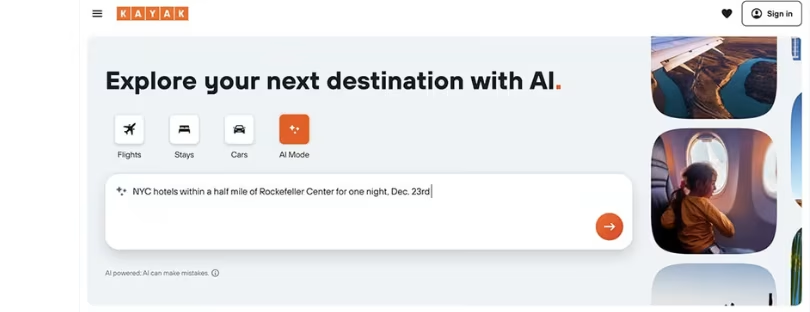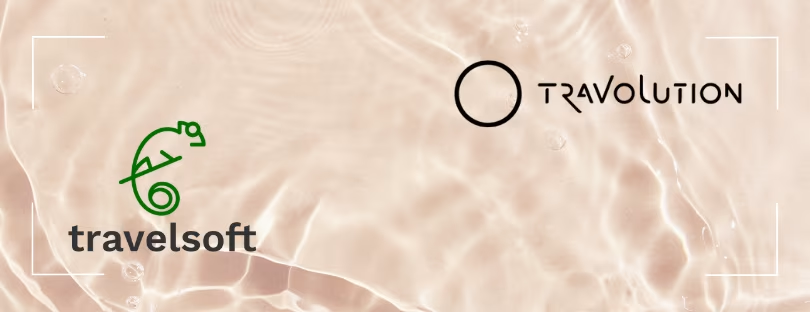
The Role of Data Visualization in Travel Planning
Data visualization refers to the representation of data in a graphical or pictorial format. In the context of travel planning, it involves converting complex travel data into visual insights that can help travelers make informed decisions.
From interactive maps to infographics to charts, data visualization tools can represent a wide array of travel information in an easily digestible form.
By presenting travel data visually, these tools can help users understand travel trends, compare options, and plan their trips more efficiently.
Applications of Data Visualization in Travel Planning
There are several ways in which data visualization can be applied to travel planning:
- Mapping and Geolocation: Tools like Google Maps use data visualization to represent geographical data, helping users find locations, plan routes, and estimate travel times.
- Price Comparison: Travel booking sites use data visualization to display price trends and comparisons, helping travelers find the best deals.
- Destination Insights: Infographics can provide visual insights about destinations, such as the best time to visit, popular attractions, or safety ratings.
Moreover, augmented reality (AR) and virtual reality (VR) technologies are taking data visualization to the next level by offering immersive, 3D representations of travel data.
Benefits of Data Visualization for Travelers and Businesses
For travelers, data visualization simplifies the travel planning process. It helps users make sense of complex data, facilitates comparisons, and aids in decision-making.
For travel businesses, data visualization can enhance user engagement and satisfaction. By offering visual insights, companies can improve their user interface, making it more appealing and user-friendly. This can enhance the customer experience, drive conversions, and increase customer retention.
The Future of Data Visualization in Travel Planning
As technology advances, we can expect to see more innovative applications of data visualization in traveI planning. These could include real-time visualizations of travel data, AI-powered predictive visualizations, and more immersive AR and VR experiences.
However, as with any use of data, it will be important for travel companies to ensure the privacy and security of user information.










